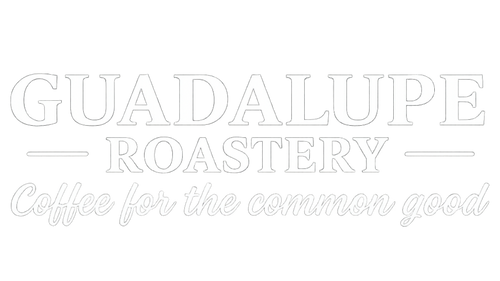The history of coffee and Catholicism is quite an interesting one. Initially coffee was the Arab drink, but with time, it became a cultural emblem closely tied to Italian culture and to this day it is regularly served at the Vatican. Vendors throughout all of Rome make a living out of selling rosaries, coffee, and replicas of Michelangelo's work. How did it all come to be?
The short answer is that during the Middle Ages Italy became an important merchant port and coffee was one of the new hot commodities in the market. Coffee consumption spread throughout Italy but it remained controversial and according to the Smithsonian magazine, some Europeans even considered coffee a Satanic drink. Eventually Pope Clement VIII professed that something so good must be the work of God. He officially “baptized” coffee, giving it a proper welcome to what now we can consider the Western World at large.
The mystery in this story is that the papal blessing came in the early fifteen hundreds and the assigned saint lived in the eleven hundreds. Saint Drogo was born to a minor noble family in what today we would consider the north of France. His dad died while his mom was pregnant and later his mom died in childbirth. Drogo was raised by his extended family and in his early teens became a shepherd. It is said that he lived in great sorrow, but filled with peace. His simplistic lifestyle as a shepherd and humble attitude earned him recognition.
The people in town took note of St. Drogo’s holiness and then it all became fairly shocking when someone would testify seeing him at church while someone else would see him working in the fields. According to the townspeople, St. Drogo could bilocate, and soon the expression “I’m not Saint Drogo; I can’t ring the church bell for Mass and be in the procession!” became popular.
After years as a shepherd, St. Drogo decided to do a pilgrimage to Rome. He ended up doing multiple pilgrimages and eventually returned home with a hernia that resulted in his own disfiguration. Upon his return, St. Drogo dedicated his life to solitude and the people in town, those same people who witnessed his bilocation, built an anchorite’s cell for him. Anchorite’s are fairly typical of Medieval churches. They are a small room or cell attached to the side of a church and entering is a one way ticket, as the hermit is not meant to ever walk out.
There’s no exact record of Saint Drogo’s life in the cell, but it is known that he walked in his early thirties and left the day he died, in his early eighties. From the people in town we know that Saint Drogo would often counsel people from his cell and lived mainly on barley grains.
He was loved and esteemed as the town’s spiritual leader, and according to the oral tradition, the respect for Saint Drogo’s holiness increased when an accident resulted in the church going up in flames. Many came to warn Saint Drogo and get him out of his anchorite’s cell, but he refused to leave. He had vowed to God to stay there until he died and to him that included not running away to preserve his life. The fire turned the church to ashes but Saint Drogo remained unscratched and many consider this more of a miracle than a coincidence or stroke of luck.
Going back to the patronage mystery, there are some theories as to how Saint Drogo ended up as the patron saint of coffee, coffeehouses, and coffee farmers (among other patronages). Some of the main theories are that he used to drink hot water in his anchorite’s cell and sometimes would brew seeds or beans in this water, but realistically, this drink must have been far from coffee as coffee beans were not introduced to France until centuries later.
The second possible reason for the patronage is that the story about St. Drogo surviving a fire and perhaps coming out stronger and holier was associated with the process of roasting beans on fire and beans coming out of this process smelling and tasting so much better. This beans brewing and roasting method was fairly new in Europe and it was almost exclusive to the coffee brewing method, so perhaps it is understandable that the roasting method caused a pause.
The third possible reason is that having a patron saint of coffee was important in order for coffee to be widely accepted across the Christina world. You could call it a marketing effort to remind people that drinking coffee is neither sinful nor a betrayal to their cultural identity.
Those are the main theories and speculations. What we do know for sure is that St. Drogo is a real person and he is the patron saint of coffee.
Source: Crisis Magazine

